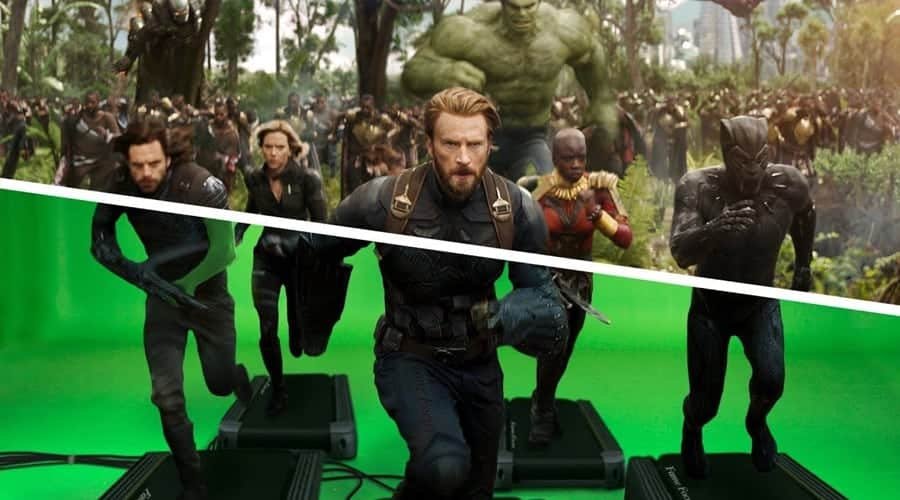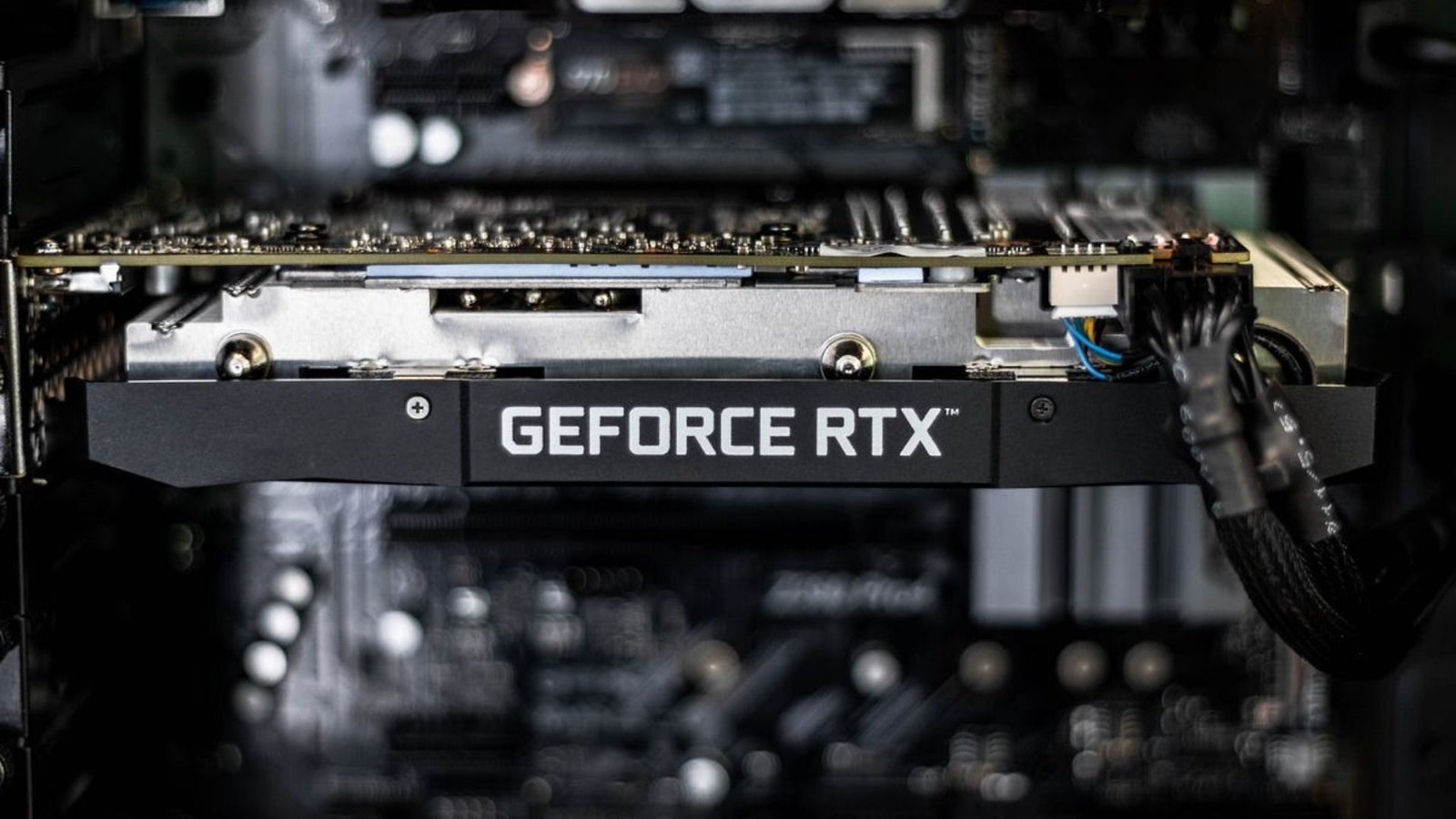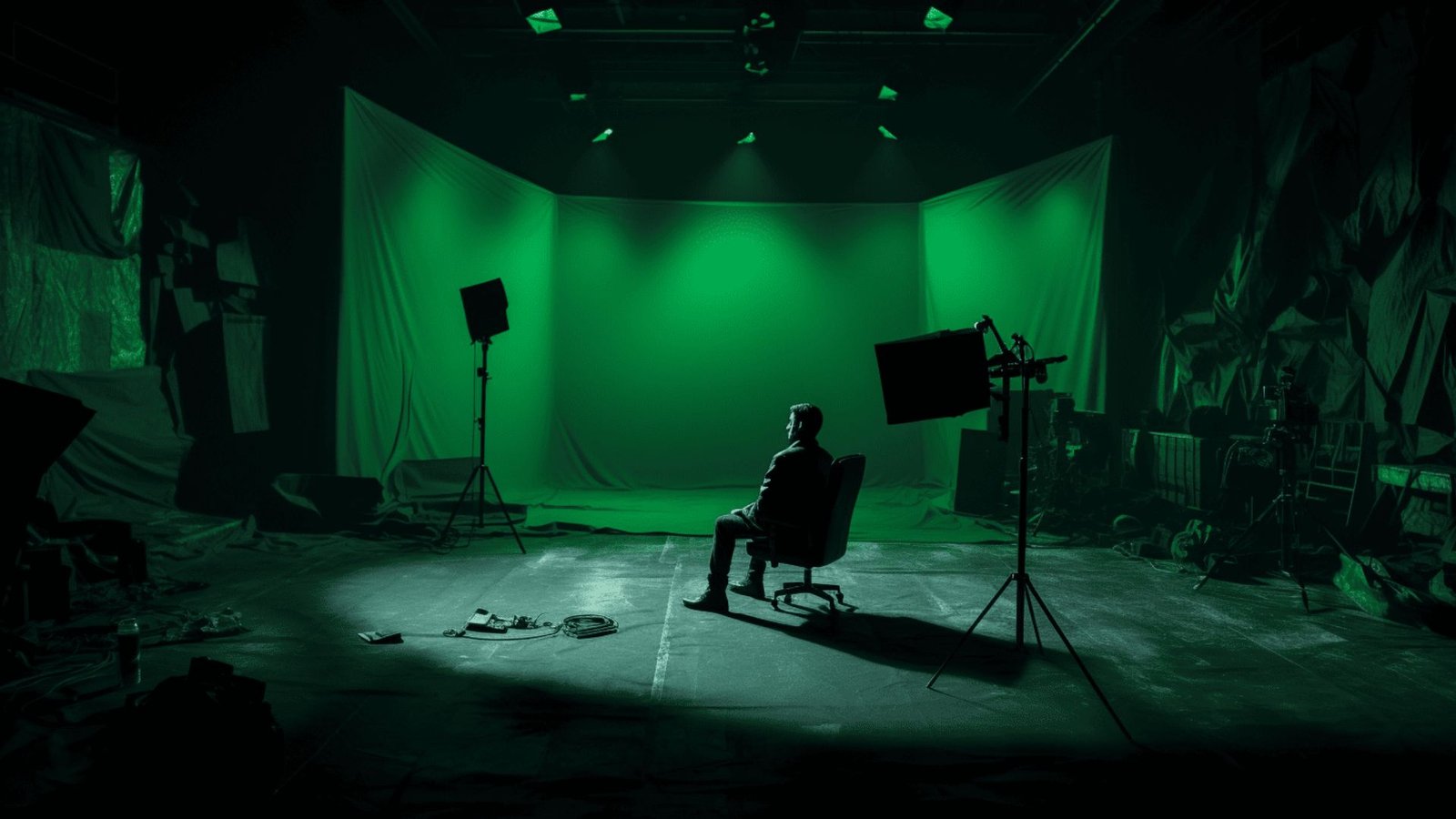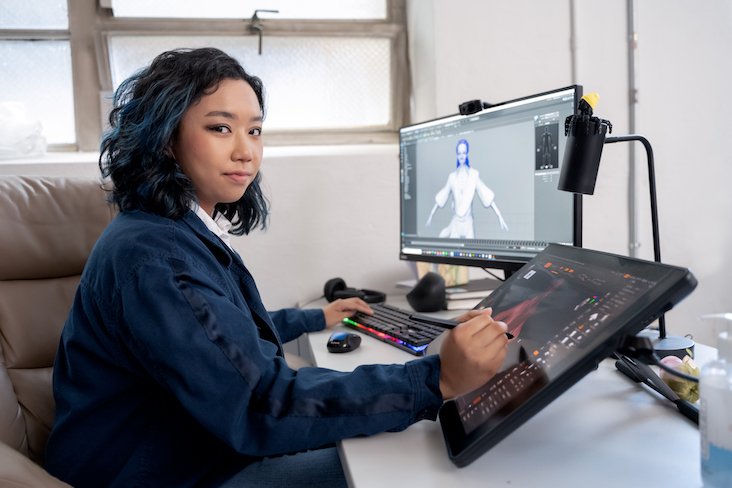Computer graphics have revolutionized the way movies are made. Today, applications of computer graphics in movies are everywhere, from creating lifelike characters to stunning visual effects. In this article, we’ll explore the top uses of computer graphics in movies and how they have changed the film industry. Let’s dive into how these cutting-edge technologies create amazing visual experiences.
1. Creating Stunning Visual Effects
One of the most common applications of computer graphics in movies is the creation of stunning visual effects (VFX). Movies like Avatar and Avengers rely heavily on VFX to bring entire worlds to life. Computer-generated imagery (CGI) helps create realistic explosions, weather effects, and fantastical environments that would be impossible or too dangerous to film in real life.
For example, in many action movies, CGI is used to show huge buildings collapsing or massive monsters attacking cities. Without computer graphics, these effects would be either too expensive or unsafe to perform.
2. Designing Realistic 3D Characters
Another incredible application of computer graphics in movies is the creation of 3D characters. CGI allows filmmakers to design and animate characters that are either fully digital, like Gollum in The Lord of the Rings, or a mix of live-action and digital elements, like The Hulk in The Avengers.
These 3D characters are made with detailed textures and movements that mimic real-life humans or animals. The technology makes it possible to create creatures and beings that were once only seen in imagination. As a result, characters like these look and behave in ways that feel incredibly real, even though they don’t exist in the physical world.

3. Enhancing Set Design and Environments
Computer graphics are also used to create entire sets and environments. In many movies, such as The Matrix or Inception, large parts of the world on screen don’t physically exist. Instead, filmmakers use computer graphics to design intricate digital environments. These digital sets allow filmmakers to control every detail, from the color of the sky to the design of the buildings.
This application of computer graphics in movies allows for endless possibilities. Whether it’s a city in the sky or an underwater kingdom, CGI makes it possible to build any environment you can imagine.
4. Creating Special Effects for Action Scenes
In action-packed movies, applications of computer graphics in movies often include special effects (SFX) for dramatic action scenes. Whether it’s a car chase, a superhero battle, or a fight with a huge creature, CGI is used to create the action in ways that live-action filming cannot.
For instance, in movies like Jurassic Park, computer graphics bring dinosaurs to life, making them look so realistic that audiences forget they are watching digital creatures. With computer graphics, filmmakers can create complex and thrilling action scenes that would be dangerous or impossible to film otherwise.
5. Animated Films and Cartoons
Another major application of computer graphics in movies is the creation of animated films. Movies like Toy Story, Shrek, and Frozen use CGI to create entire worlds of animated characters. These films rely heavily on computer graphics to design characters, backgrounds, and objects, making the animation process smoother and more efficient.
In animated movies, every character and object is carefully modeled and animated using computer software. This allows for greater flexibility and creativity in storytelling since animators can manipulate every part of the movie in ways that traditional hand-drawn animation cannot.
6. Digital Doubles and Stunts
A fascinating application of computer graphics in movies is the use of digital doubles for actors. These are fully computer-generated characters that mimic the appearance and movements of real actors. Digital doubles allow filmmakers to film dangerous stunts and scenes without putting actors at risk.
In movies like The Fast and the Furious series or Mission Impossible, CGI is used to create action scenes involving car crashes, high jumps, and explosive fights. Digital doubles ensure that these scenes look realistic, while keeping the actors safe.
7. Color Grading and Post-Production Effects
Computer graphics are also applied in post-production, especially in color grading and enhancing the final visual look of a movie. Filmmakers use digital tools to adjust the color tones, brightness, and contrasts of the film to create a specific mood or style.
For example, in movies like Mad Max: Fury Road, the use of bright colors and high contrast was enhanced through post-production CGI to make the desert landscapes look even more intense and dramatic. These effects help set the tone of the movie, enhancing the viewer’s emotional experience.
Conclusion
In conclusion, the applications of computer graphics in movies are vast and essential for creating modern films. From visual effects to 3D characters and action scenes, CGI helps filmmakers tell stories in ways that were once impossible. As technology continues to advance, we can expect even more creative uses of computer graphics in movies, leading to even more spectacular and immersive cinematic experiences.
Whether it’s creating lifelike creatures, stunning environments, or thrilling action sequences, computer graphics are the backbone of many of today’s most popular and groundbreaking films.




